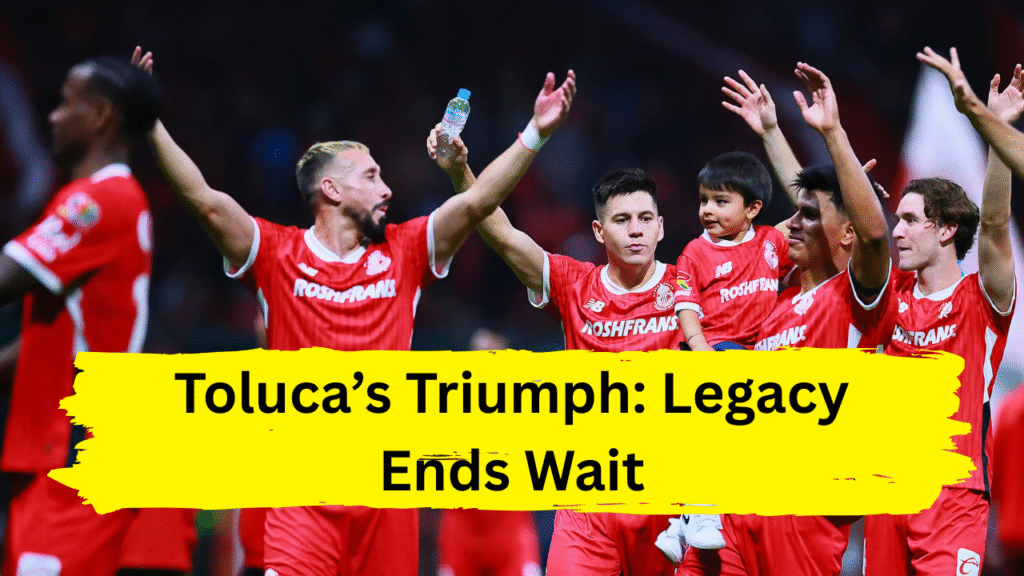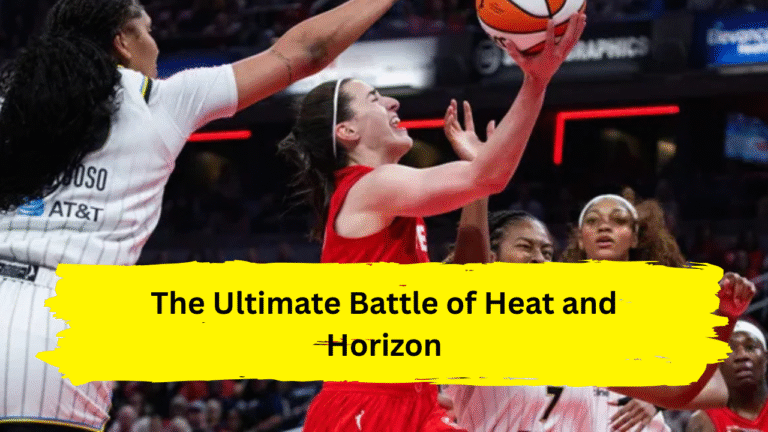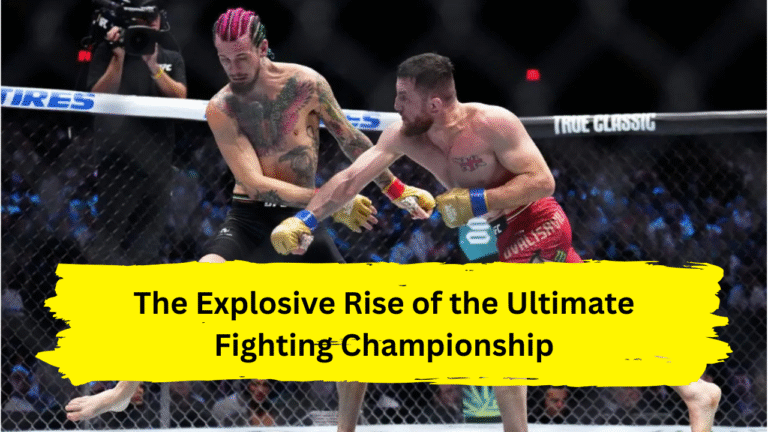
Under the searing lights of Estadio Nemesio Diez, Toluca FC etched their name deeper into Mexican football history, defeating Club América 2-0 in the Clausura 2025 final to claim their 11th Liga MX title—a milestone that cements their status as the nation’s third-most decorated club. Yet beyond the trophy lift and confetti showers, this victory carried a deeply personal narrative: the story of a father-son duo chasing glory, a club’s redemption after years of heartache, and the shattering of a dynasty’s dream.
The Mohamed Dynasty: A Family Affair
At the heart of Toluca’s resurgence stood Antonio “Turco” Mohamed, the Argentine tactician who masterminded the club’s first title in 15 years. But this campaign held an added layer of meaning. For the first time in his storied career, Mohamed shared the touchline with his son, Nacho Mohamed, a 24-year-old assistant coach promoted to his staff earlier this season. “I wanted to win this title not just for Toluca, but for my son,” the elder Mohamed confessed post-match, tears streaking his face. “To share this moment with him… it’s everything” .
Nacho, a former youth player whose career was cut short by injury, emerged as a tactical linchpin, credited with refining Toluca’s set-piece strategies—a critical factor in their playoff run. His bond with players like Alexis Vega and Luan García bridged generational gaps, fostering a locker room unity that propelled the team through grueling knockout rounds .
América’s Fall: The Tetracampeonato That Wasn’t
For Club América, the final represented a chance to make history. Las Águilas sought to become the first team since Chivas (1958–1962) to win four consecutive Liga MX titles—a feat that would have solidified their modern-era dominance. Under André Jardine’s leadership, they entered the final unbeaten in 12 matches, their attack spearheaded by Henry Martín and Álvaro Fidalgo . Yet cracks had begun to show. A lackluster 0-0 draw in the first leg at Estadio Azteca exposed their reliance on individual brilliance over cohesive play, with Toluca’s disciplined 5-3-2 formation neutralizing América’s wingers .
The return leg in Toluca unraveled further. América’s backline, missing injured captain Sebastián Cáceres, crumbled under relentless pressure. Luan García’s 65th-minute header off a Vega corner—a play drilled incessantly by Nacho Mohamed in training—exposed América’s aerial frailty. Vega’s late penalty, won after substitute Robert Morales was fouled, sealed their fate .
Tactical Mastery: How Toluca Rewrote the Script
Mohamed’s decision to pivot from Toluca’s traditional attacking style to a pragmatic, defense-first approach defined their playoff run. The 5-3-2 formation, anchored by García and veteran Hugo González, conceded just three goals in six knockout matches . Midfielders Claudio Baeza and Marcel Ruiz shielded the backline, freeing Vega and Colombian speedster Andrés Mosquera to exploit counterattacks.
The strategy neutralized América’s strengths. By congesting the midfield and forcing América’s fullbacks into uncomfortable crosses, Toluca reduced Las Águilas to a 28% shot accuracy rate in the final—their lowest of the season . “We knew they’d dominate possession,” Mohamed said. “But patience and precision won the day” .
Vega’s Redemption: From Outcast to Icon
No player embodied Toluca’s journey more than Alexis Vega. Once criticized for inconsistency and off-field distractions, the 27-year-old reinvented himself as a leader. His eight playoff goal contributions (four goals, four assists) earned him Finals MVP honors, but his emotional post-match tribute to Nacho Mohamed revealed deeper growth. “This club believed in me when others didn’t,” Vega said. “Today, we repaid that faith” .
Vega’s partnership with Mosquera, a January loan signing from Santos Laguna, proved transformative. Mosquera’s pace stretched defenses, while Vega’s creativity in half-spaces created chaos—a synergy that yielded 12 combined playoff goals .
The Aftermath: Legacies and Futures
For Toluca, the victory reignites a sleeping giant. Their 11th title places them one behind Chivas in the all-time standings, with president Francisco Suinaga pledging to retain Mohamed and invest in youth development . The upcoming Campeón de Campeones clash against América offers a chance for immediate bragging rights, but the larger goal—a first CONCACAF Champions Cup since 2010—looms.
América, meanwhile, faces a reckoning. Jardine’s future is uncertain after failing to deliver the tetracampeonato, and aging stars like Jonathan dos Santos may depart. Yet the emergence of 20-year-old winger Emilio Lara hints at a rebuild centered on youth .
A Night of Echoes
As fireworks lit Toluca’s sky, the Mohameds embraced at midfield—a moment echoing the club’s golden era, when legends like José Cardozo and Hernán Cristante ruled Mexican football. For Antonio, it was a fourth Liga MX title with a fourth different club, a testament to his adaptability. For Nacho, it was validation—a step out of his father’s shadow.
But the night’s loudest applause came for the fans. Fifteen years of near-misses, financial turmoil, and relegation battles dissolved in 90 minutes. In the stands, an elderly supporter held a sign: “Gracias, Turco. Nos devolviste el alma” (“Thank you, Turco. You gave us back our soul”).
In the end, Toluca’s triumph was more than a title. It was a reminder that in football, as in life, legacies are not just built on trophies—but on the stories we share, the bonds we forge, and the dreams we refuse to let die.
Relive the final on Liga MX’s official channels and witness how a father, a son, and a city rewrote history.




